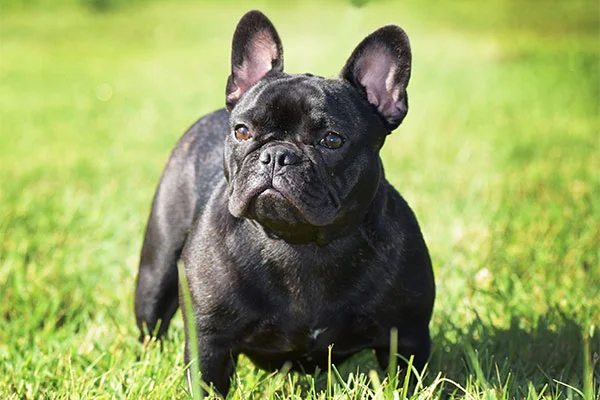One of the most well-known little dog breeds in the world, particularly among urban inhabitants, is the one-of-a-kind French Bulldog, which is distinguished by its enormous bat ears and even temperament. The lively, observant, versatile, and utterly appealing Frenchie. With the exception of the enormous, upright “bat ears,” which are the breed’s defining characteristic, the French Bulldog looks like a small Bulldog. The nose is incredibly short, and the skull is huge and square with deep wrinkles wrapped over it. The body is compact and muscular underneath the glossy, dazzling coat. The kind, intelligent Frenchie is a cutie. Frenchies are quiet dogs who rarely bark, yet their attentiveness makes them good watchdogs.
They are content living alone, in pairs, or with families and don’t need much outdoor activity. They get along nicely with other animals and love meeting new human acquaintances. It is understandable why urban dwellers from Paris to Peoria adore this incredibly entertaining and sociable breed.






 Health
Health Grooming
Grooming Exercise
Exercise Training
Training Nutrition
Nutrition